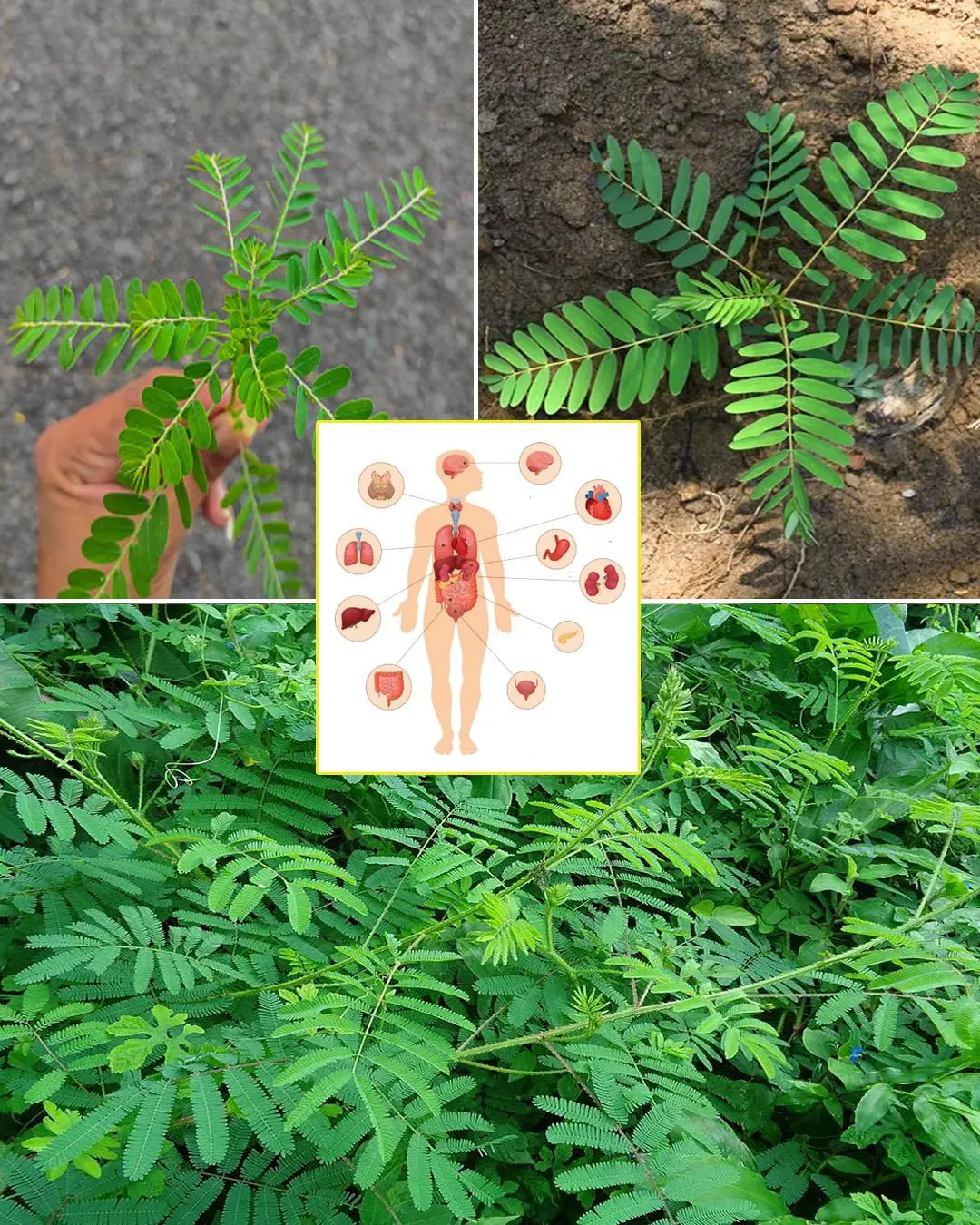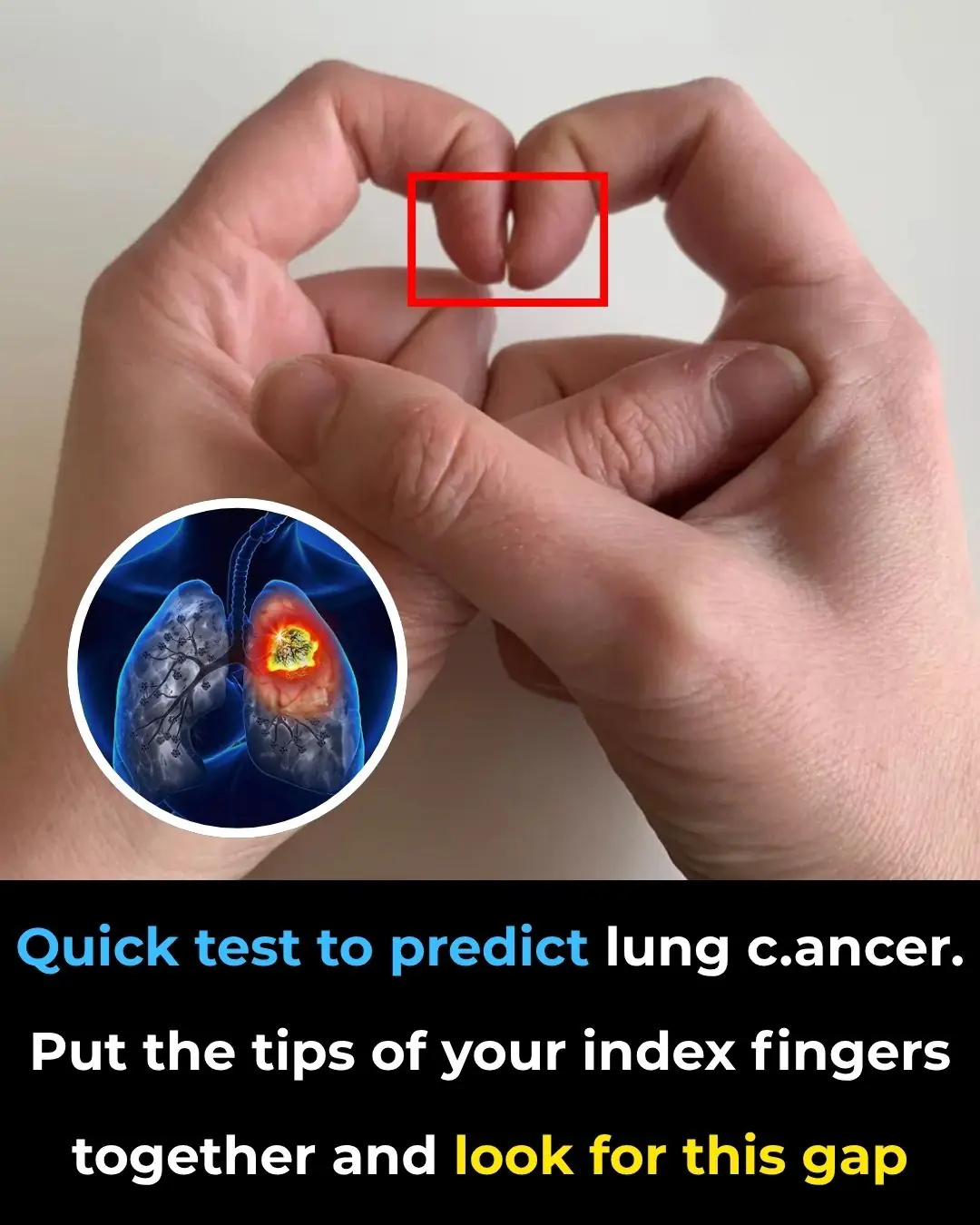
A High-Speed Pulsar Has Cracked the Milky Way’s Magnetic “Bone” — Racing Through Space at 2 Million MPH
The heart of our galaxy has just revealed a dramatic new secret. Astronomers have discovered a massive fracture in one of the Milky Way’s most mysterious magnetic filaments — and the culprit behind the cosmic damage is nothing short of extraordinary. A hyperfast pulsar, racing through space at more than 2 million miles per hour (3 million km/h), appears to have smashed into the structure, tearing it apart like a bullet ripping through fabric.
The discovery, made using NASA’s Chandra X-ray Observatory, focuses on a colossal feature near the Milky Way’s center known as “the Snake.” Officially named G359.13, this filament stretches for about 230 light-years, making it one of the largest magnetic structures known in our galaxy. These immense filaments are composed of charged particles spiraling along powerful magnetic field lines, glowing brightly in radio wavelengths and standing out as some of the most intriguing and puzzling features in the galactic core.
But when astronomers pointed Chandra’s powerful X-ray vision toward the Snake, they noticed something unusual — a clean break right through its middle. This fracture, invisible in radio observations, became unmistakable in X-rays. It was as if something had slammed straight through the filament, disrupting its structure and leaving behind a cosmic scar.
The High-Speed Cosmic Bullet
So what could deliver such a devastating blow to a structure stretching hundreds of trillions of miles across space? The leading suspect is a pulsar — the ultra-dense, spinning core left behind after a massive star explodes in a supernova. Pulsars are small, typically just about 12 miles wide, but they pack more mass than our Sun and spin at dizzying speeds. Some also shoot through the galaxy like interstellar cannonballs, propelled by the force of their parent star’s explosion.
In this case, astronomers believe a runaway pulsar, moving at around 2 million mph, collided with the Snake’s magnetic spine. Traveling at such extreme speeds, the pulsar would have sliced through the filament with ease, disturbing its delicate magnetic structure and creating the fracture now seen in Chandra’s images.
This discovery isn’t just a fascinating cosmic event — it’s also a scientific breakthrough. Until now, researchers have struggled to understand how these enormous filaments form, evolve, and interact with their surroundings. Observing one that has been physically disrupted by another astronomical object offers an unprecedented opportunity to study how magnetic structures respond to intense forces.
A Window Into the Galaxy’s Violent Heart
The region near the center of the Milky Way is one of the most extreme environments in the galaxy. It’s a place where supernova explosions, black holes, intense radiation, and tangled magnetic fields all collide. The Snake is just one of dozens of long, thread-like filaments stretching across this turbulent region. Their origins remain uncertain — they may be shaped by the central supermassive black hole, twisted by magnetic turbulence, or linked to massive stellar explosions.
The newly discovered fracture adds a fresh layer to the mystery. It suggests that these filaments are not static structures but dynamic, evolving features — ones that can be reshaped or even torn apart by interactions with fast-moving objects.
“This is an incredible glimpse into the Milky Way’s inner workings,” astronomers say. “It’s like catching a snapshot of a high-speed crash in space, showing us how violent and active our galaxy’s core truly is.”
What’s Next for Galactic “Bones”?
With Chandra’s findings, scientists now have a rare chance to examine how magnetic filaments heal, shift, or dissipate after a collision. Future observations will focus on tracking the pulsar suspected of causing the damage and studying how the fracture evolves over time.
As telescopes become more powerful and surveys of the galactic center grow deeper, more discoveries like this are likely to follow. Each one helps us better understand the hidden forces shaping the Milky Way — and reminds us that even structures stretching hundreds of light-years are not immune to cosmic violence.
The Snake’s wound is more than just a break in a magnetic strand. It’s a striking reminder that our galaxy is alive with motion, power, and collisions — a vast, restless ecosystem where even the mightiest structures can be shattered in the blink of a cosmic eye.
News in the same category


Farmer Plants 1,000 Oak Trees to Create Memorial for Late Wife

What Does a Thumb Ring Really Mean

Netflix loses eye-watering amount of money following Elon Musk’s call to cancel 'woke' streaming service

Nintendo sues Reddit mod for $4,500,000 in shocking lawsuit

Creators of ChatGPT reveal 44 jobs at highest risk of being taken over by AI in future

What Are These Tiny Balls in My Bed

Apple just added a new app to iPhone with iOS 26 and most people have no idea
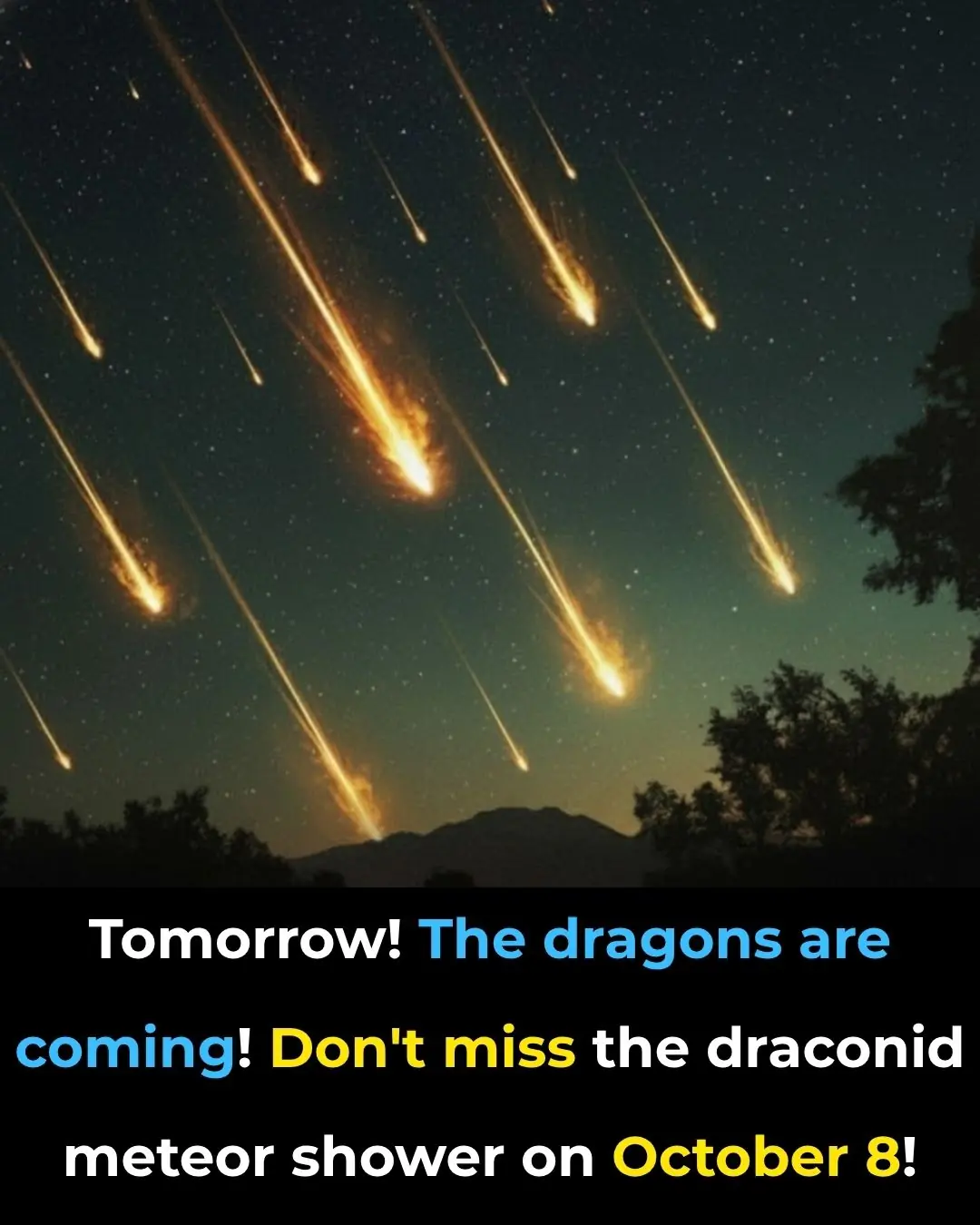
BREAKING NEWS 🚨 Due To This Draconid Meteor Shower Earth Will Be Badly Effected Because…..See More

Nose Picking What This Taboo Habit Really Reveals About Us
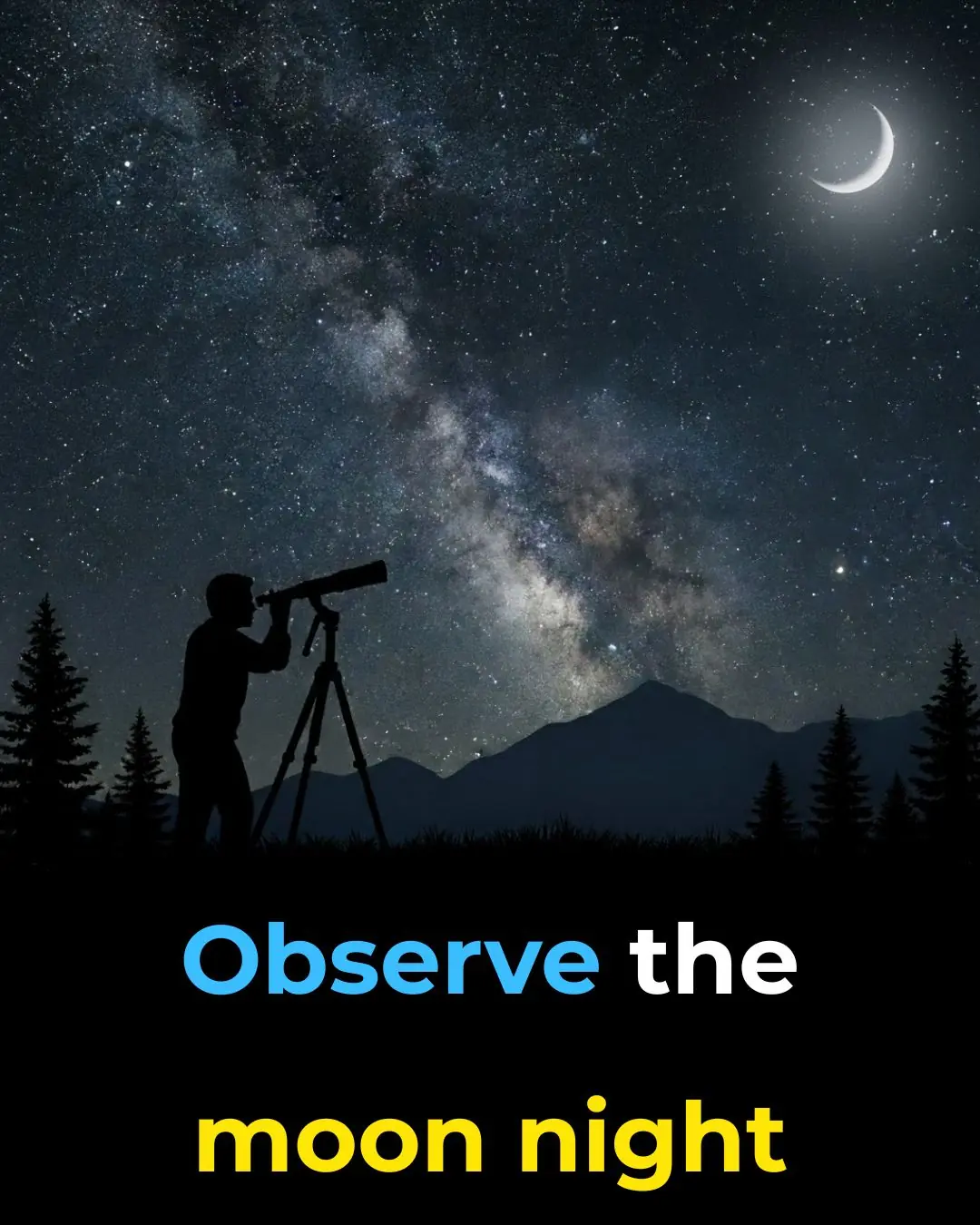
Prime views of the Andromeda Galaxy and Ceres—October 2
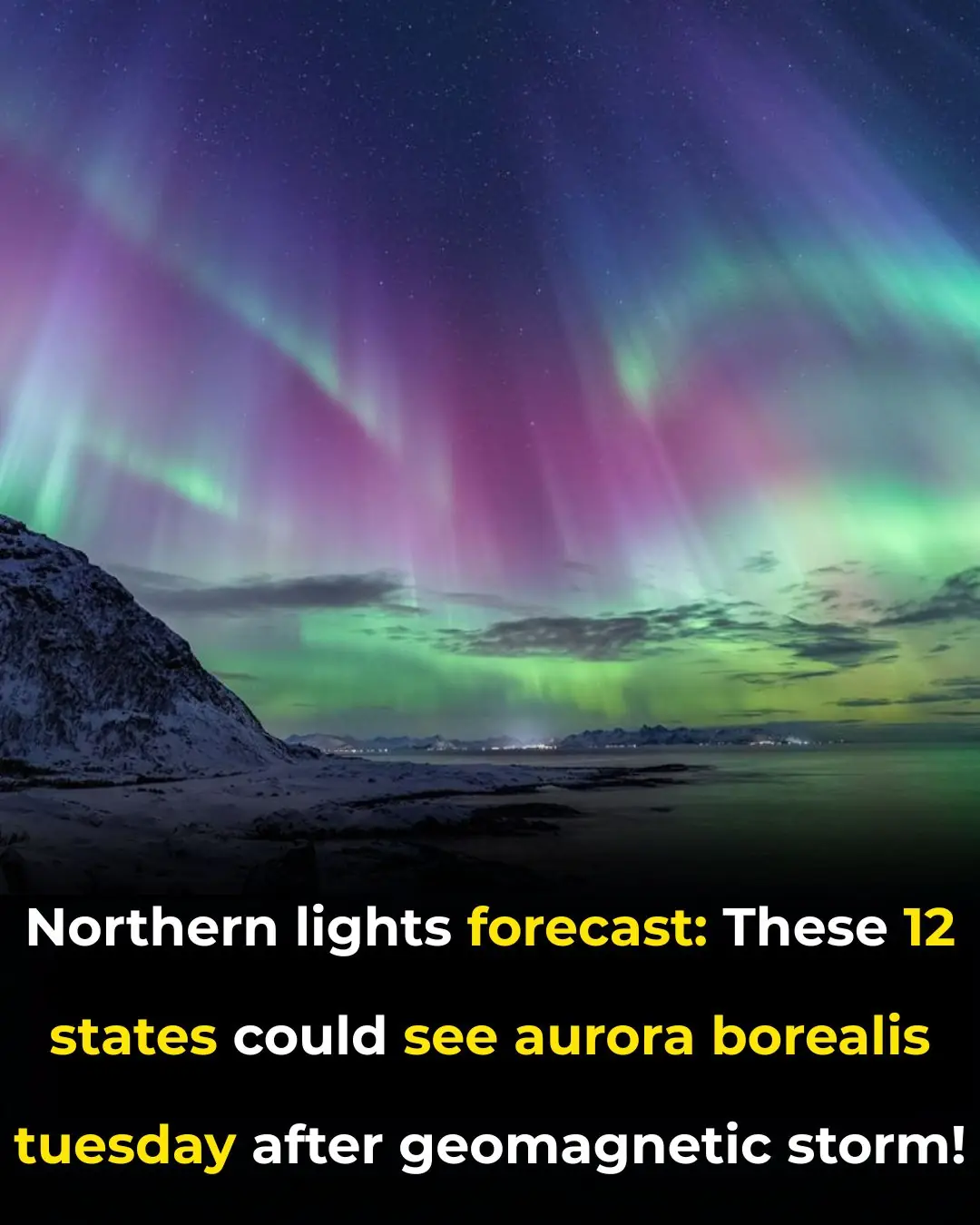
Northern Lights Could Dazzle 12 U.S. States This Week — Best Viewing Through Oct. 8

Researchers Turn Festival Wristbands into a Shield Against Drink Spiking

Give President Trump Nobel Peace Prize, Israeli Hostage Families Urge

The Flower You Pick Will Reveal Your Truest Trait
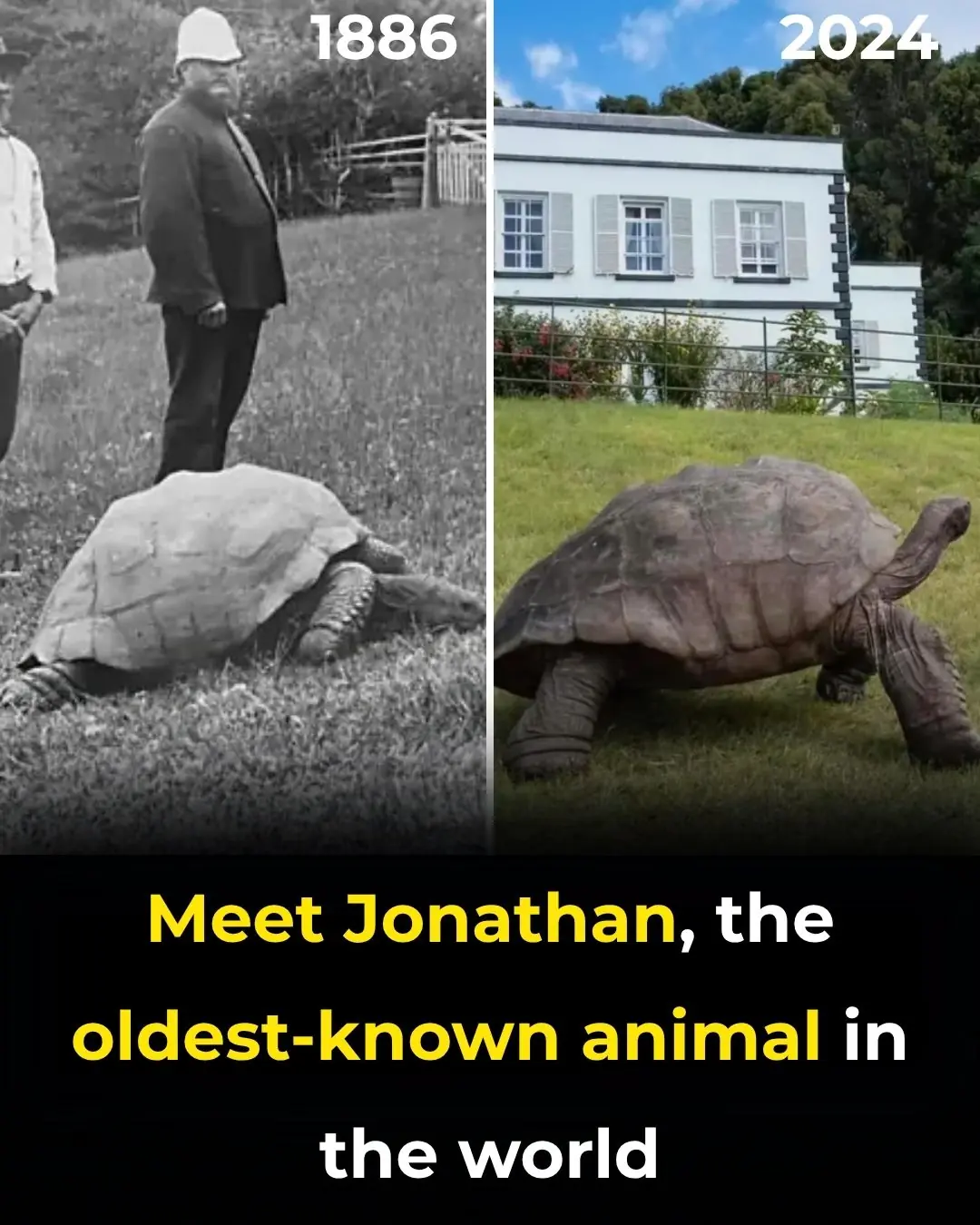
Meet Jonathan, The Oldest-Known Animal In The World
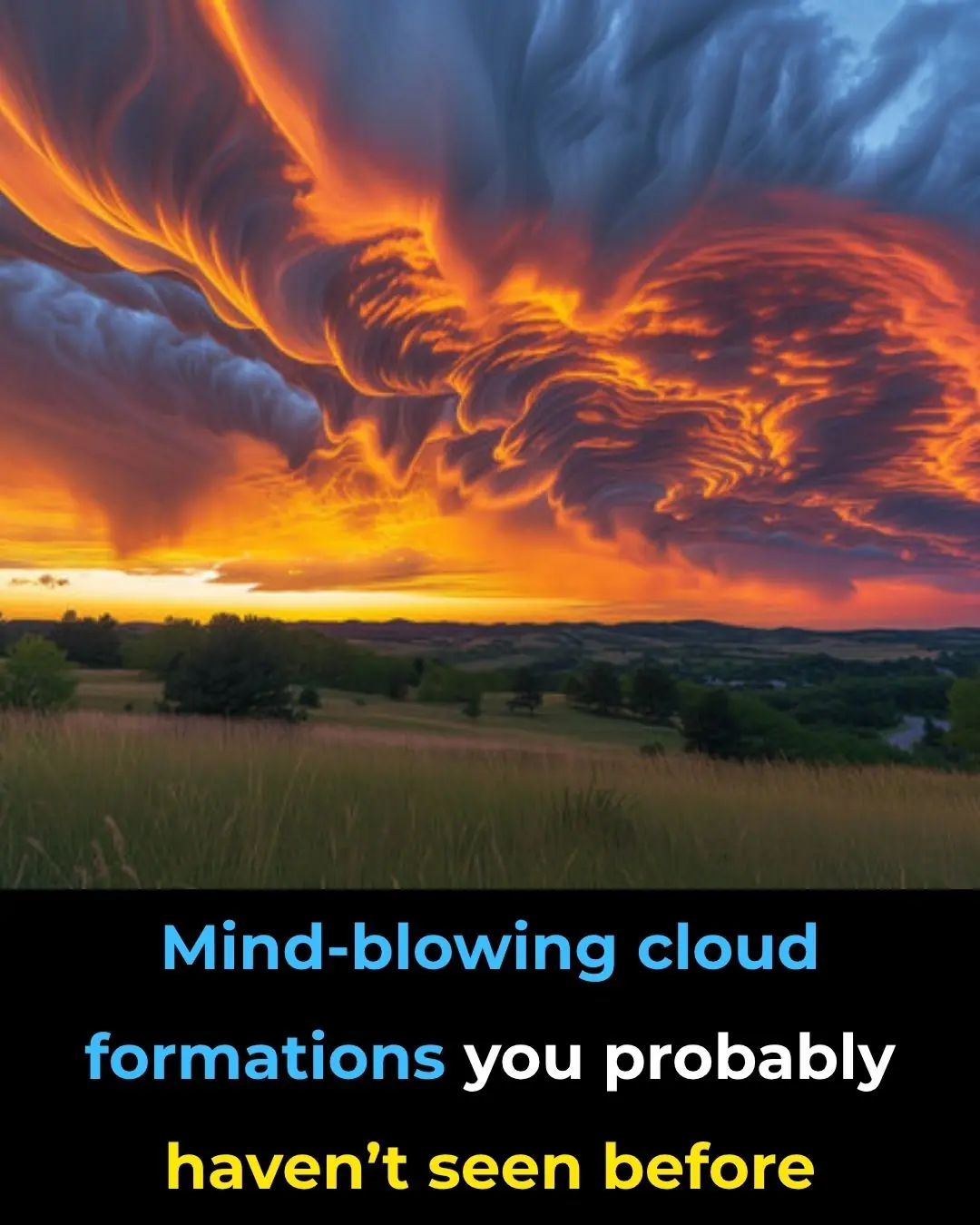
Mind-Blowing Cloud Formations You Probably Haven’t Seen Before

The Best Places to Photograph in Montana

A Thermometer Just Broke At -62°C (-80°F) In The World’s Coldest Village, And The Photos Are Breathtaking
News Post

Growing Wildflowers: A Mother’s Journey Through the Chaos

The Baby in Princess Diana’s Arms

A Lifetime in Bloom: Lois Shows Us What Passion Truly Grows
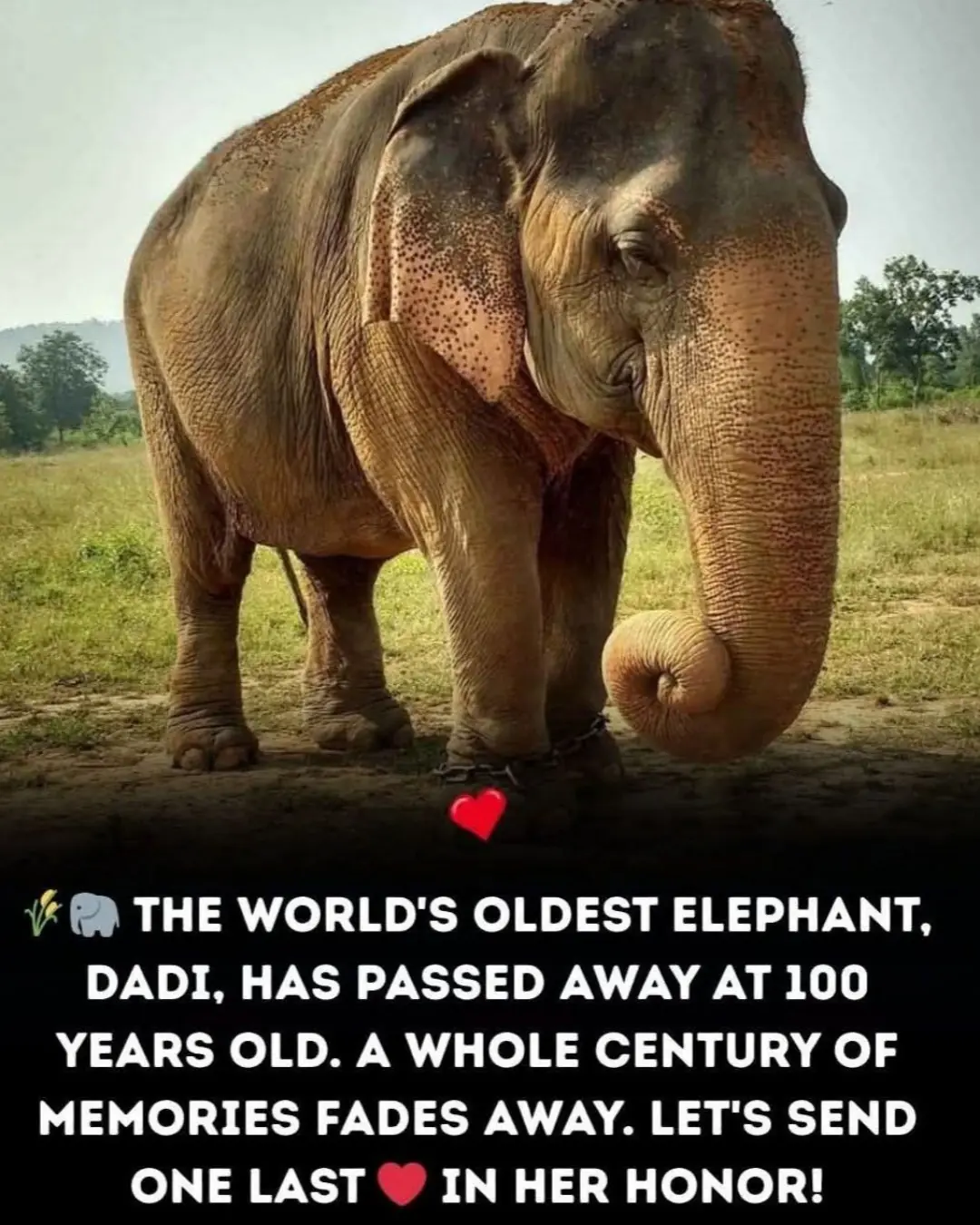
Farewell to a Giant Soul: Vatsala the Elephant Passes at 100

Keeping the Monsters Away: The Quiet Heroism of Foster Parents

From Sidewalk to Forever: A Daughter’s Choice That Changed Everything
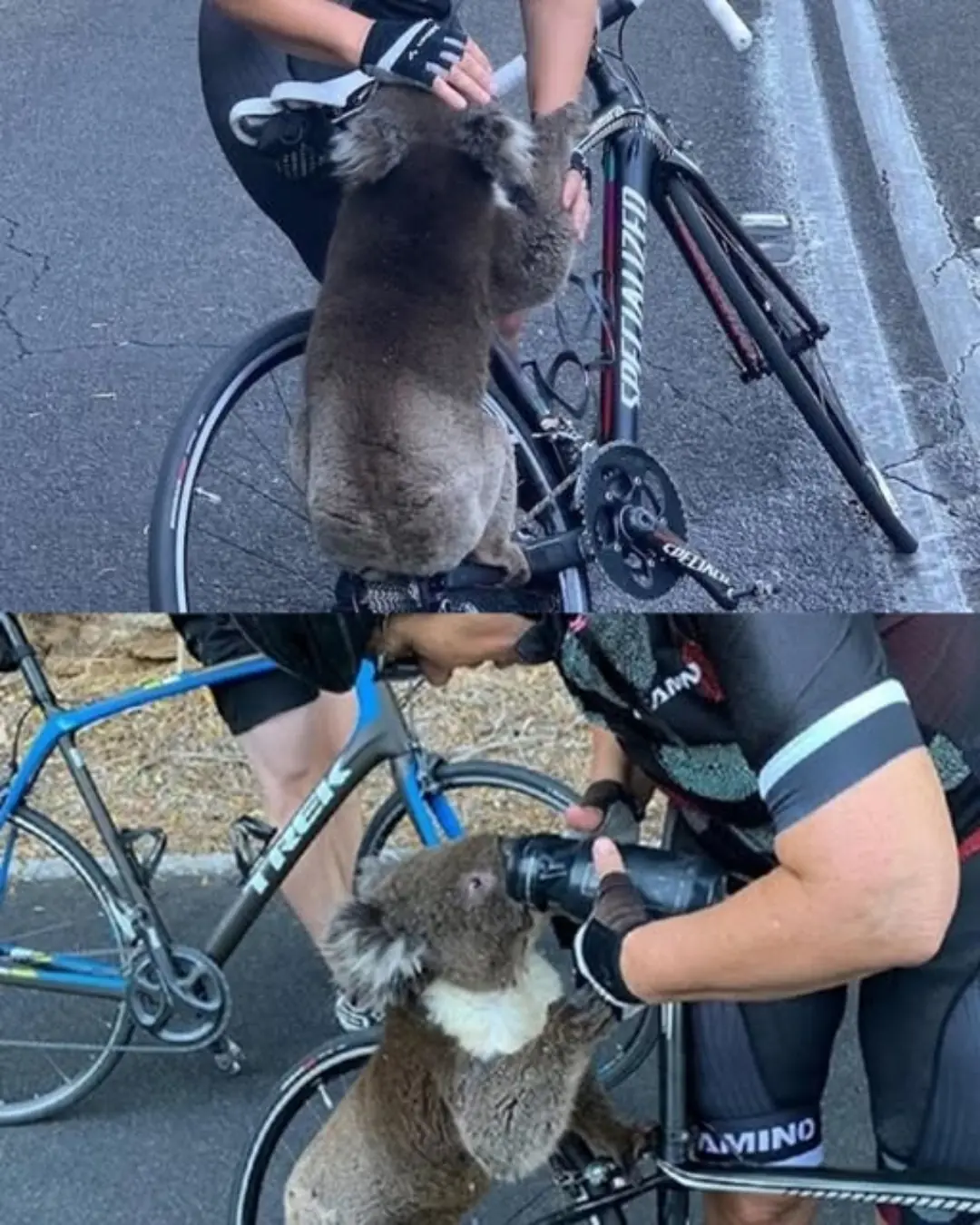
A Thirst for Life: Cyclists Halt Ride to Save Parched Koala in Australia’s Heatwave

An Actor’s Greatest Role: Morgan Freeman Becomes a Guardian of Strays

When a Celebration Became a Goodbye: A Daughter’s Farewell to Her Faithful Companion

Bella the Hero: How a Pit Bull’s Loyalty Saved a Life

No Matter How Dirty You Are, Absolutely AVOID These 7 “Dangerous Hours” When Washing Your Hair to Prevent Stroke, Sudden Illness, or Hospitalization Without Warning

3 Common Mistakes When Using Plastic Wrap That Can Cause Cancer and Are Often Made by Many People
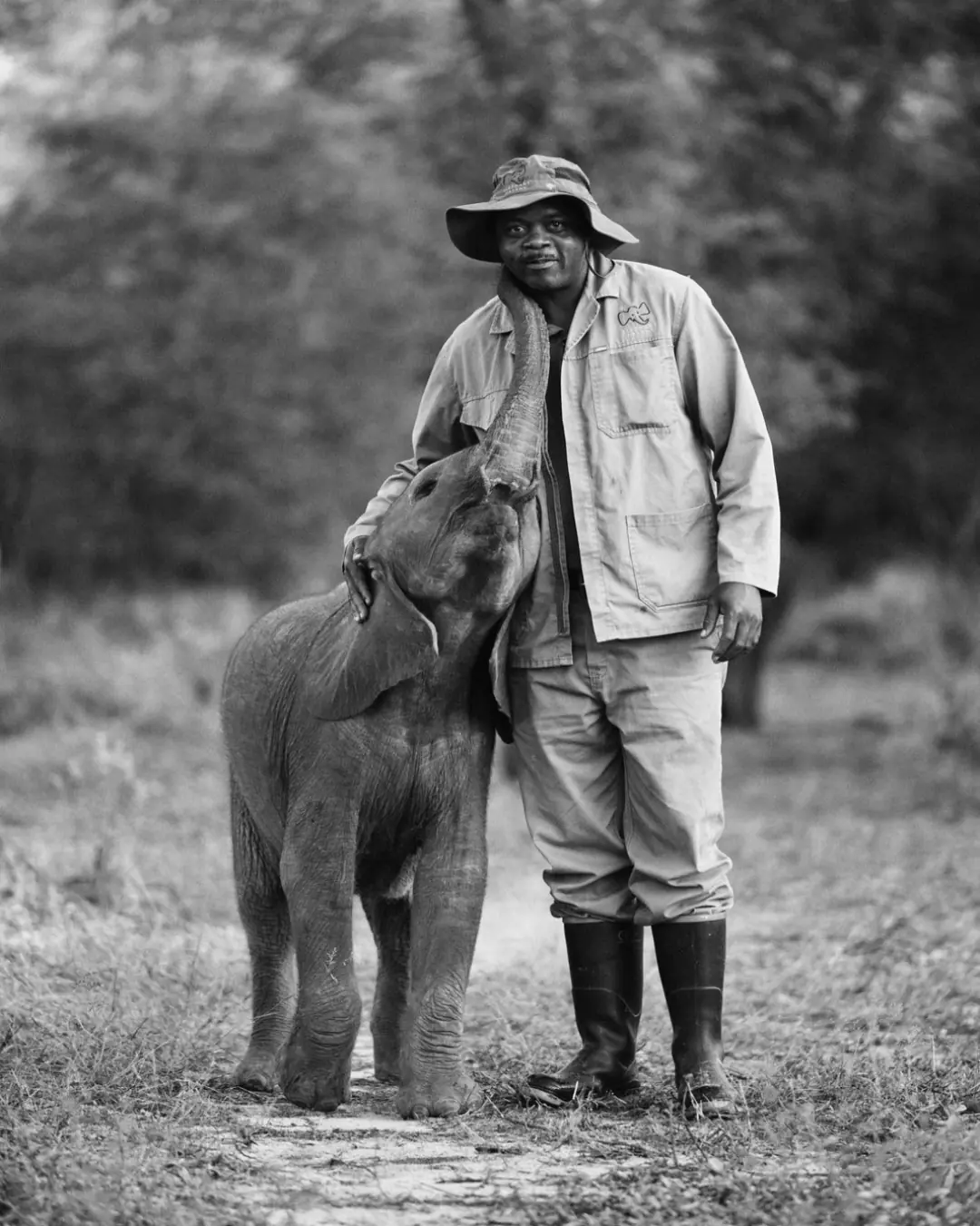
A Kiss from Joy: The Language of Love Between Elephants and Humans

What Do Vertical Nail Ridges Mean After 40

A Brave Fight for Life: Kuba’s Battle Against Ewing’s Sarcoma
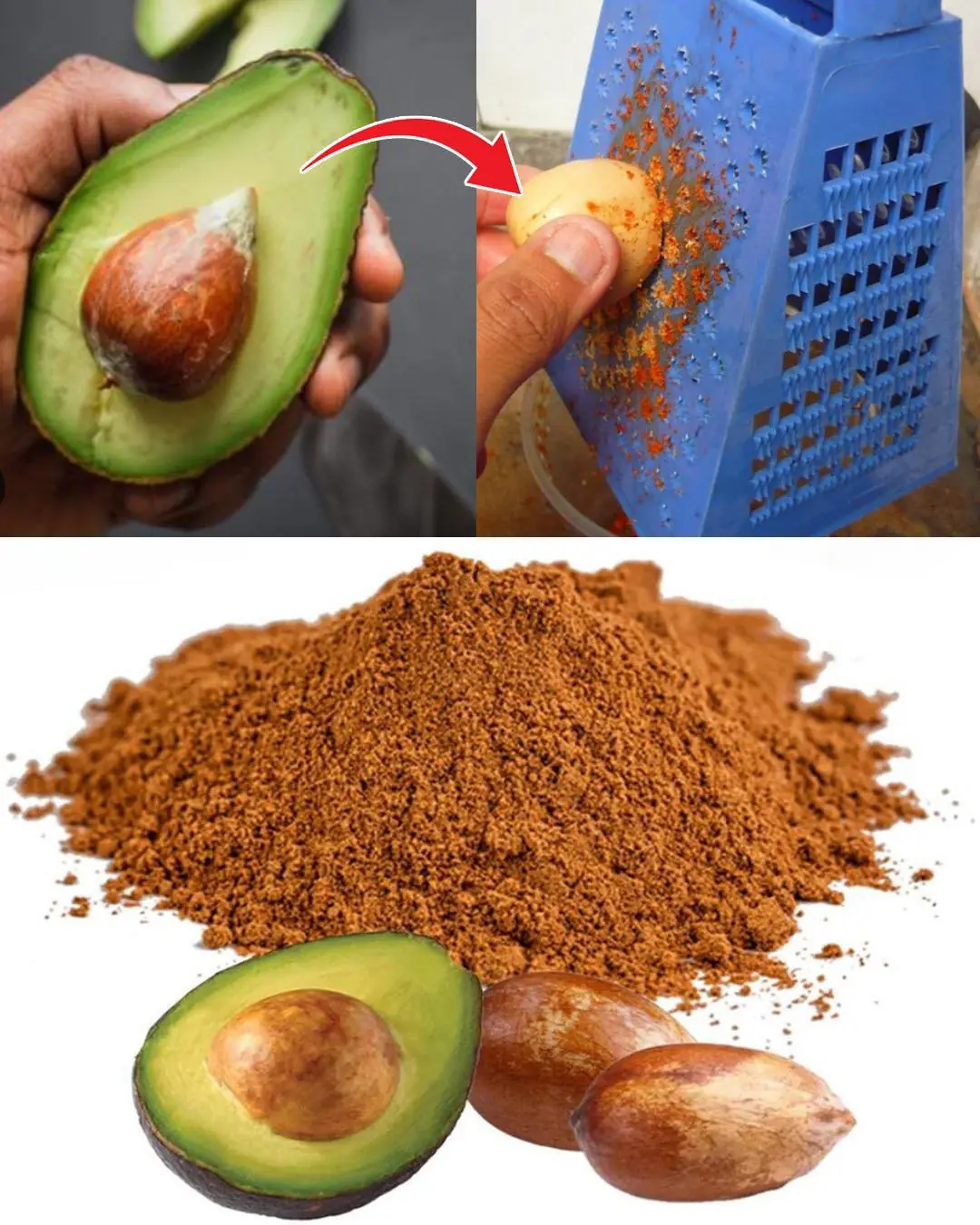
Avocado Seeds Benefits: 7 Reasons to use them

9 Signs You’re Actually Going Through Menopause (Even If You Didn’t Realize It)

Morning Detox Elixir: Olive Oil, Lemon & Ginger – The Natural Cleanse You Need Daily

Nine Children in Dawsonville Get the Gift of a Bed, Comfort, and Peaceful Sleep
